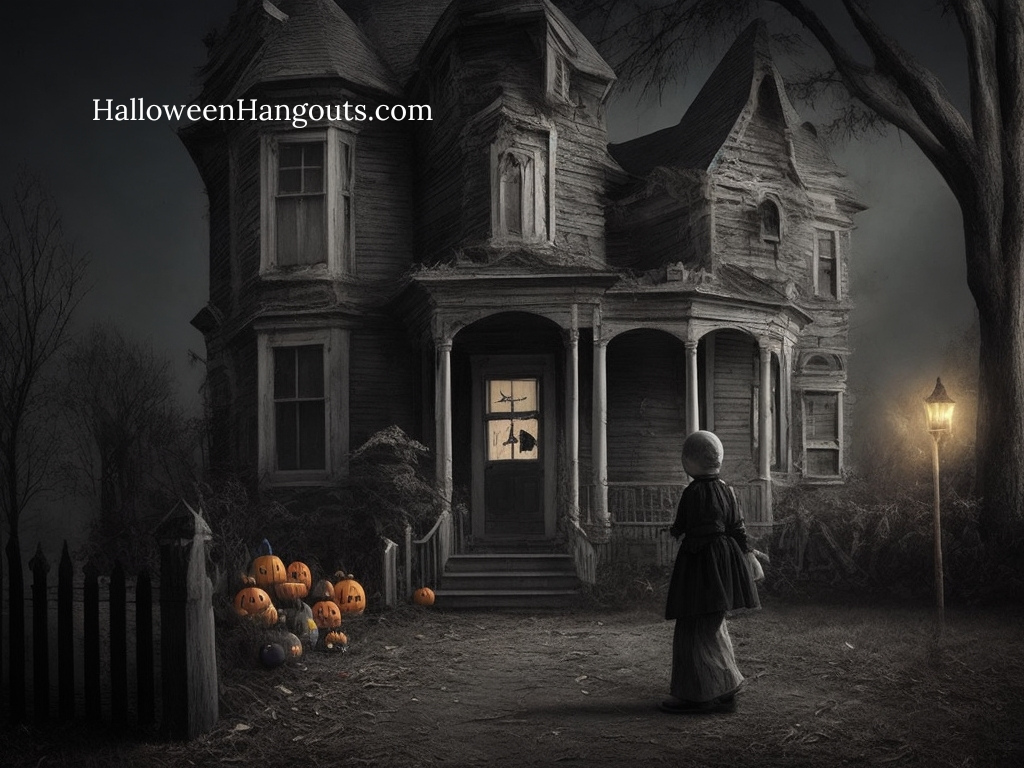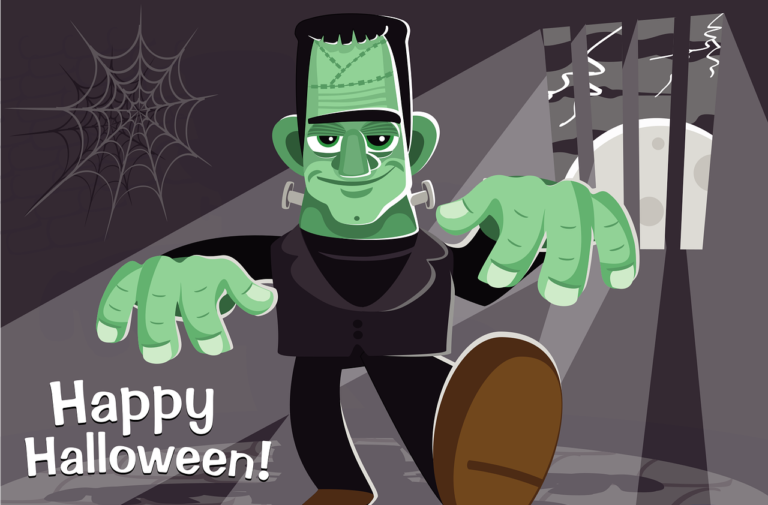How To Create A Great Haunted House. Creating a great haunted house involves a combination of design, atmosphere, and attention to detail to deliver a truly frightening and immersive experience. Here are some key features that can make a haunted house look great:
- Exterior Design:
- Architectural Style: Choose a spooky or eerie architectural style for the building itself. Gothic, Victorian, or dilapidated structures often work well.
- Landscaping: Overgrown, dead, or gnarled trees and bushes can enhance the eerie atmosphere.
- Lighting: Use dim, flickering lights or colored lighting to create an unsettling ambiance even before guests enter. Strobe lights, colored lights, and flickering lanterns can create disorienting and unsettling environments.
- Entrance and Facade:
- Grand Entrance: A foreboding entrance with a menacing facade can set the tone for the entire experience.
- Props: Decorate the entrance with creepy props like gravestones, cobwebs, and skeletons. Full-size or partial skeletons can be placed throughout the house, especially in positions that surprise visitors.
- Interior Decor:
- Dim Lighting: Maintain low, moody lighting that obscures vision and creates suspense.
- Cobwebs and Dust: Strategically place cobwebs and dust to give the impression of neglect and decay. Fake spider webs and oversized plastic spiders can make spaces feel abandoned and add to the overall creepiness effect.
- Fog and Smoke: Use fog machines or dry ice to add an eerie, disorienting effect. Fog or smoke machines create an eerie atmosphere and obscure vision, making jump scares more effective.
- Rats And Rodents: Fake rats, mice, or other rodents scurrying in the shadows add a lot to the scene as well.
- Spooky Decor: Fill rooms with haunted artifacts, eerie paintings, and spooky furniture. Eerie paintings, portraits with moving eyes, and unsettling artwork can adorn the walls adding to the overall spooky effect.
- Sound Effects: Incorporate eerie sounds like creaking doors, distant whispers, and ghostly moans to build tension. This effect can be accomplished by speakers hidden throughout the haunted house.
- Animatronics: Include animatronic figures or props that jump out or move unexpectedly to startle visitors. Animated props that move suddenly or unpredictably can create intense jump scares when used in the right ways.
- Mirrors: Use mirrors strategically to create optical illusions or reflections of eerie scenes.
- Hidden Passages: Incorporate hidden doors or passages for unexpected scares.
- Special Effects: Special effects like air blasts, vibrating floors, and shaking walls can intensify the experience.
- Thematic Rooms:
- Create different themed rooms or scenes, each with a unique story or scare element.
- Utilize props, actors, and sound effects that fit the theme, such as dungeons, mad scientist labs, or abandoned hospitals.
- Costumed Actors:
- Employ skilled actors in convincing costumes and makeup to interact with visitors.
- Encourage actors to use jump scares, dialogue, or eerie behaviors to enhance the experience.
- Interactive Elements:
- Incorporate interactive elements like trapdoors, moving walls, or floors that tilt to surprise and disorient guests. Fake creatures, monsters, or zombies enclosed in cages can startle guests as they pass by. Bloodied body parts, fake organs, and gruesome scenes can add shock value to certain rooms. Remembering not to be too extreme, keeping it suitable for all ages.
- Safety and Accessibility:
- Ensure that the haunted house is safe for visitors by securing props and maintaining clear pathways.
- Make necessary accommodations for guests with disabilities to ensure inclusivity.
- Attention to Detail:
- Pay close attention to small details like the smell (scent machines with musty odors can add to the atmosphere), temperature, and textures in the environment.
- Narrative and Storytelling:
- Weave a compelling narrative or backstory for the haunted house to engage visitors emotionally and intellectually.
- Marketing and Promotion:
- Use effective marketing to generate anticipation and curiosity among potential visitors.
- Consider a strong online presence and social media campaigns to create buzz.
How To Create A Great Haunted House

How To Create A Great Haunted House. Remember that the effectiveness of a haunted house also depends on the dedication of the team and the commitment to providing a memorable and genuinely scary experience for visitors. Safety should always be a top priority, and any scares or surprises should be designed to be thrilling but not harmful. These are a few of the things that will help you in How To Create A Great Haunted House.





